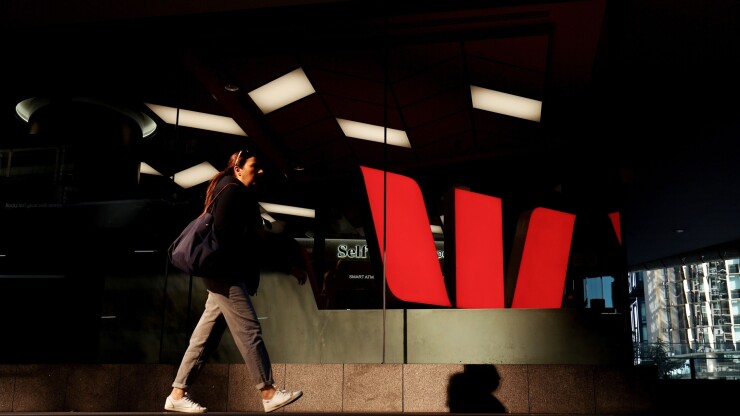
When it comes to courting new business, some banks are setting their sights on children as young as six.
A number of banks offer accounts with debit cards to children between the ages of 13 and 17, but more banks are moving downstream. Australian Bank Westpac
The reasons behind this shift include the desire to meet parent demand for child-friendly financial tools and the hope that attracting users while they are young will make them life-long customers, with multiple upselling possibilities as they age.
"Equipping kids with tools and knowledge that help reinforce positive financial habits can jumpstart financial wellness from an early age and build long-term momentum through their life," Alex Brena, head of checking at Capital One, said in an email.
There's already competition for this younger market from nonbanks, including Greenlight,
Many banks focus their efforts on teens who are 13 and older, in part because that's when they're eligible to use mobile wallets like Apple Pay. But payments professionals said banks are missing the boat by not starting earlier.
For starters, it makes sense from a cost perspective. It costs about $350 to acquire a transaction account like a debit account as an adult, whereas a child costs a fraction of that, said Richard Crone, chief executive and founder of Crone Consulting, an independent advisory firm for the payments industry. Additionally, many children's debit cards come with monthly or annual fees, ranging from $4 to $10 per month, providing a steady revenue stream for banks, Crone said.
Another benefit is that individuals who open their first bank account as children are more likely to remain with the same bank as adults, with 70% maintaining their first bank account into adulthood, Crone said.
"Children are very aware of branding and they will show brand loyalty. If you solidify yourself as a brand with them, they're going to consider you as theirs while they grow," said Jessica Pinkston, senior director in Cornerstone Advisors' delivery channels practice.
Later, banks can market student credit cards, student loans and other products to this audience, who may be more open to considering them given the long-standing relationship. "It may not seem significant when they are eight, but it's probably pretty significant when they are 28," Pinkston said.
Banks that are able to market effectively to young children also raise the odds that their card will be added to these customers' digital wallet when they reach age 13, which is a revenue-generating opportunity. "Top of phone, top of mind," Pinkston said.
There's another reason banks might want to focus on younger children — to help them be better stewards of their money from an earlier age. Most parents don't start thinking about teaching financial literacy until about age 12, Crone said. "That's just too late. Obviously, children are exposed to financial concepts and money and payments well earlier than that. They're never too young to start learning about finance," he said.
Offering accounts to younger children can also be a selling point with prospective customers, Pinkston said. Westpac's research showed 75% of Australian parents are already teaching their children some form of financial digital literacy, and 53% want their children to have a debit card to teach them about money. Nearly three-quarters of parents are happy for their child to have a transaction account and 61% are happy for them to have a debit card, the research revealed.
To be sure, banks that are interested in serving the younger market need to think carefully about how they design and market these accounts. For example, they might consider offering a virtual debit card, in addition to a physical card. A virtual card is a good option for young children to use to pay for games and other purchases on their electronic devices. This allows parents to better monitor, control and limit spending and it doesn't put the household card and balance at risk, Pinkston said.
Parents can decide whether to give the physical card to younger children — which could make it prone to loss — or hold onto it themselves for safekeeping. Banks should be sure there's an associated app to go with the account that allows young children to learn principles of saving, investing and charitable giving, among other things. Well-designed apps encourage interactivity between the child, parents and the bank, while supporting financial literacy.
"Nearly half of children have some form of financial account, but most of them are a 'fiduciary' bank account that the parents or grandparents control, and children don't have access to it, which does not provide any practical way for teaching financial literacy," Crone said.






